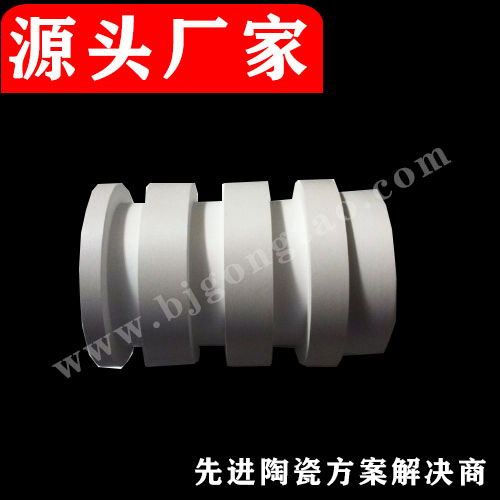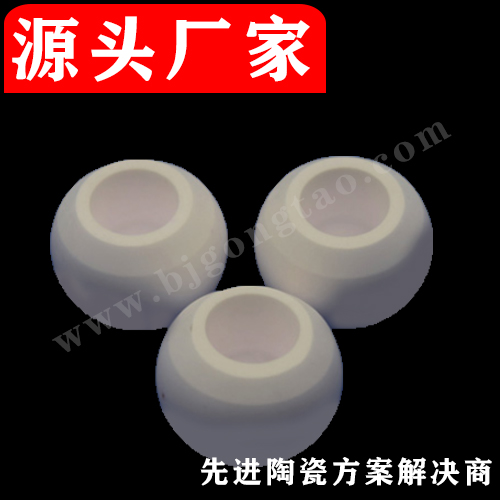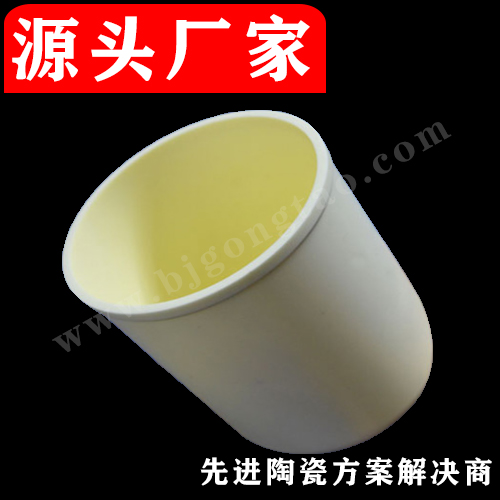
Suzhou Kaifa New Material Technology Co., Ltd.
Email:heqing@szkfxc.com
Email:sales@szbknm.com
Email:bkxc.bonnie@gmail.com
Toughening method of silicon nitride ceramics
Different from metal materials, ceramic materials have a special crystal structure, so there is no energy absorption mechanism such as grain boundary slip and dislocation, which is one of the main factors restricting the application of ceramics. At present, the toughening methods applied to silicon nitride ceramics mainly include particle dispersion toughening, whisker or fiber toughening, transformation toughening and self-toughening.
1. Particle dispersion and toughening
The principle of particle dispersion toughening is to induce residual stress by introducing a material with a different coefficient of thermal expansion (CTE) from the matrix, pinning the crack and causing the crack to deflect, thereby improving the fracture toughness of the material, such as SiC, TiC, TiN and iron. Silicide, etc.
2. Whisker or fiber toughening
Whisker or fiber toughening refers to adding high strength, high elastic modulus whisker or fiber material to silicon nitride. In the process of failure of silicon nitride ceramics, whiskers or fibers will absorb the residual energy of crack propagation, debonding, pull-out and fracture will occur, resulting in changes in the crack propagation path and consumption of fracture energy. At present, the commonly used toughening whiskers (fibers) are mainly SiC, BN and TiB.
3. Phase transformation toughening
In 1975, Garvie et al. first discovered that zirconia ceramics can obtain toughening effect through phase transformation, thereby improving the Achilles heel of ceramic brittleness. The ZrO2 ceramic changes from a metastable tetragonal phase (t-ZrO2) to a monoclinic phase (m-ZrO2) under stress induction. The phase transition process is accompanied by volume expansion, which absorbs and consumes the crack tip energy and generates compressive stress on the The crack area effectively hinders the expansion of the crack, and the strength and fracture toughness of the material are greatly improved.
4. Self-toughening
Self-toughening is a new process developed in recent years that can effectively improve the fracture toughness of ceramics. It is mainly through the control of the process that the ceramic grains can form a morphology with a large aspect ratio in situ, thereby playing a role in Similar to the strengthening and toughening effect of whiskers. The β-Si3N4 crystal rod with a certain size and aspect ratio is mainly obtained by optimizing the composition and process, thereby improving the strength and toughness of the material.
5. Add suitable sintering aids
Si3N4 ceramics will be transformed from α phase to β phase when sintered at high temperature, and the bimodal β-Si3N4 grains will cause crack bridging when cracks expand, consuming fracture energy and improving fracture toughness. The researchers took advantage of this feature of Si3N4 to promote phase transformation and grain growth or introduce β-Si3N4 seeds by adding suitable sintering aids and adjusting the sintering process.





